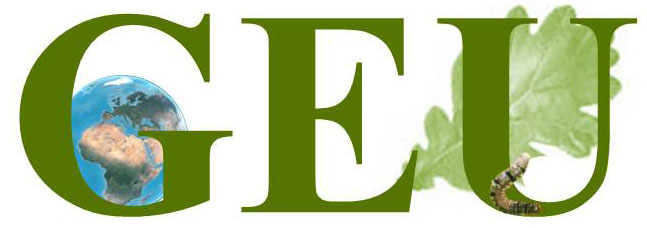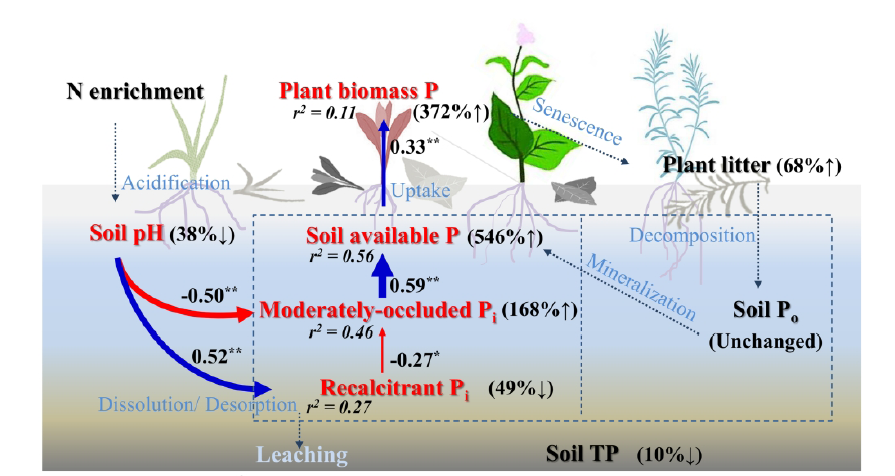
Climatic warming has lengthened the photosynthetically active season in recent decades, thus affecting the functioning and biogeochemistry of ecosystems, the global carbon cycle, and climate. The temperature response of carbon uptake phenology varies spatially and temporally, even within species, and the daily total intensity of radiation may play a role.
In a new study, published in the journal Global Change Biology, authors empirically modelled the thresholds of temperature and radiation under which daily carbon uptake is constrained in the temperate and cold regions of the Northern Hemisphere, which include temperate forests, boreal forests, alpine, and tundra biomes.
According to the study, radiation will constrain the trend towards longer growing seasons with future warming, but differently during the start and end of season and depending on the biome type and region. The study revealed that radiation is a major factor limiting photosynthetic activity that constrains the phenology response to temperature during the end-of-season. The beginning of carbon uptake, on the other hand, is highly sensitive to temperature but not constrained by radiation at the hemispheric scale. Dr. Adrià Descals from CREAF-CSIC says “Our results show that the photosynthetically active season in evergreen needleleaved forests begins shortly after conditions for growth become favorable and ends when these conditions get worse.” He also says, “It is important to take into account radiation, temperature, and their covariance when modeling the photosynthetically active season in evergreen needleleaved forests and their responses to climatic warming.”
The study shows that the senescence stage has a low temperature dependency due to the constraints of radiation, and this might be a reason for the lower magnitude in the end-of-season delay than the start-of-season advance.
“This study thus revealed that while at the end-of-season the phenology response to warming is constrained at the hemispheric scale, at the start-of-season the advance of spring onset may continue, even if it is at a slower pace”, concludes Prof. Josep Penuelas from CREAF-CSIC Barcelona
Reference: Descals, A., Verger, A., Yin, G., Filella, I., Fu, Y.H., Piao, S., Janssens, I.A., Peñuelas, J. 2022. Radiation‐constrained boundaries cause nonuniform responses of the carbon uptake phenology to climatic warming in the Northern Hemisphere. Global Change Biology, doi: 10.1111/gcb.16502, in press.














